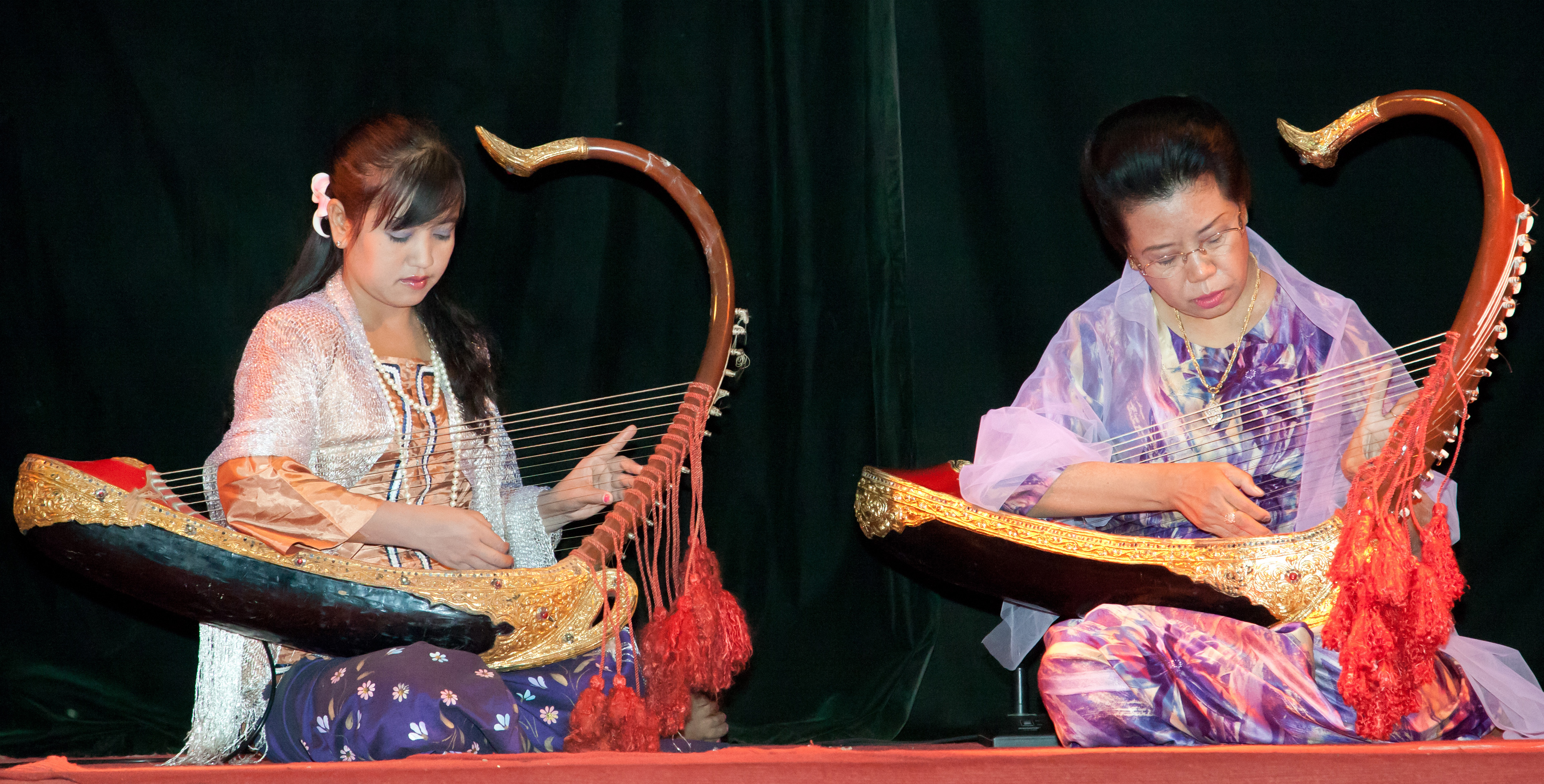Classical Music Traditions of Burma
The orthodox Theravada Buddhism frowns upon the music as being corrupt, but the Burmese monarchy as well as brew of various regional music...
http://worldhitz4u.blogspot.com/2013/12/classical-music-traditions-of-burma.html
The
orthodox Theravada Buddhism frowns upon the music as being corrupt, but the
Burmese monarchy as well as brew of various regional music patterns make up the
several classical traditions of Burmese music. The oldest powers may perhaps
come from China that shares a similar pentatonic musical scale as classical
Burmese music. Other powers include Mon music (which is called Talaing than or
sounds of the talaing mon), particularly in the Mahagita, the complete body of
classical Burmese music. A prevailing one is known as Yodaya which is important
as a classical of Burmese adaptions to songs accompanied with the saung gauk
and come from the Ayuthaya kingdom (which is the modern day Thailand) during
the periods of Bayinnaung from 1551 to 1581 and Hsinbyushin from 1753 to 1776, it
brought back a species of cultural traditions, including the Ramayana, which is
the main indigenous form and is known as thachin.

source of picture: en.wikipedia.org
The
Burmese classical music collection can be divided into outdoor and indoor collections;
the outdoor musical collection is the sidaw, also known sidawgyi was an outdoor
collections in the royal courts that is used to mark the significant ceremonial
functions like the royal ploughing ceremony. It comprise of a hnegyi that is a
large double reed pipe and sidaw, a pair of ceremonial percuss, as well as the
si and wa and a bell and also a clapper and the gandama, a double headed drum. Now,
sidaw music is played at festival, other musical instruments used in the
classical music include the saung 9a harp, and pattala, a xylophone. The indoor
way is the chamber music collection which is basically done by a female
composer accompanied by a traditional collection consisting of the saung,
pattala, migyaung, (a zither), palwe (a flute) and in the past including the
tayaw (a fiddle) and the hnyin (a small mouth organ).
